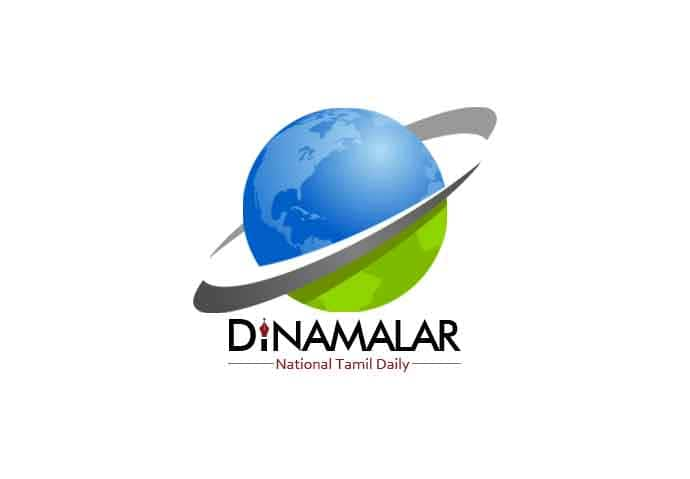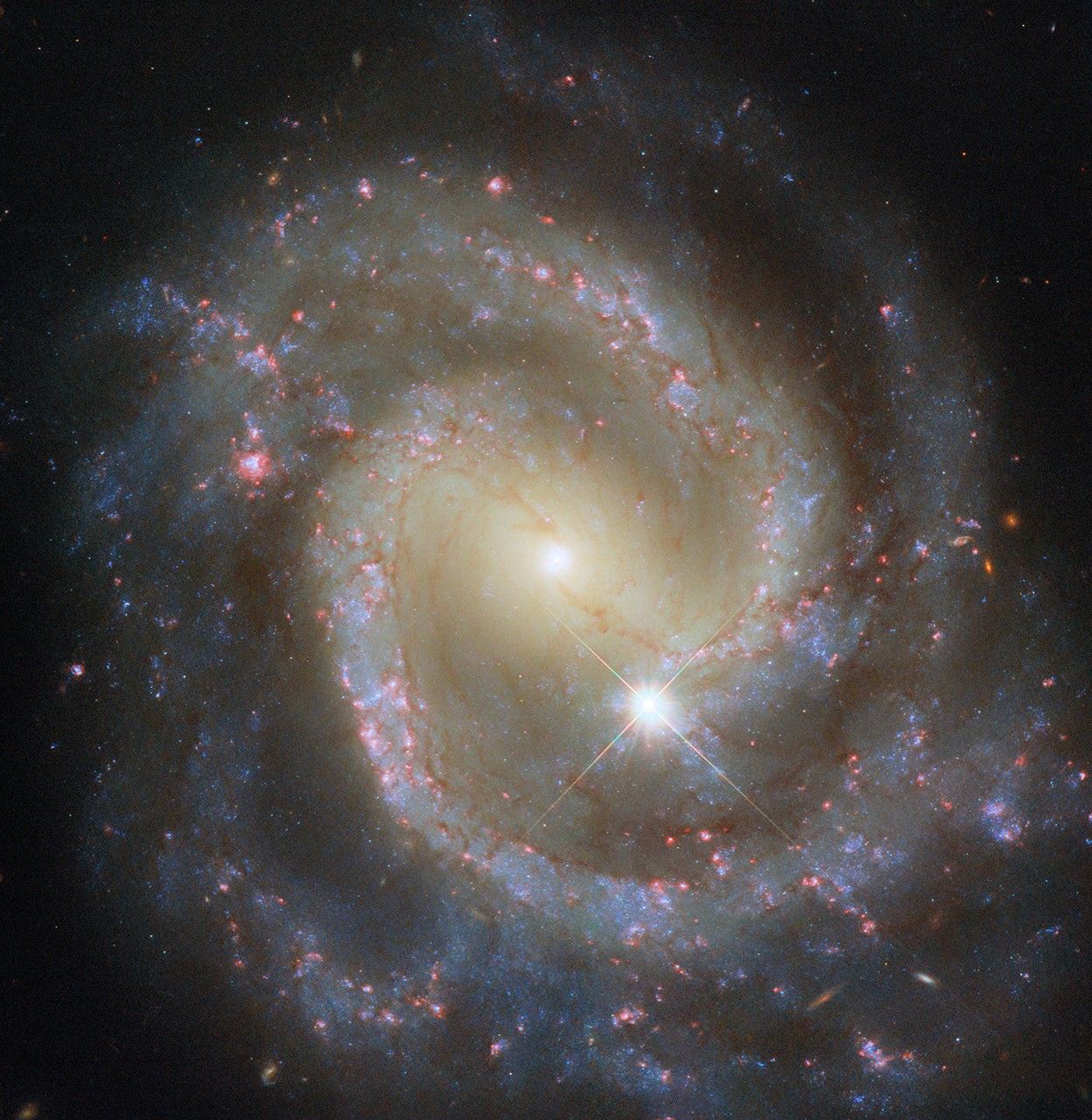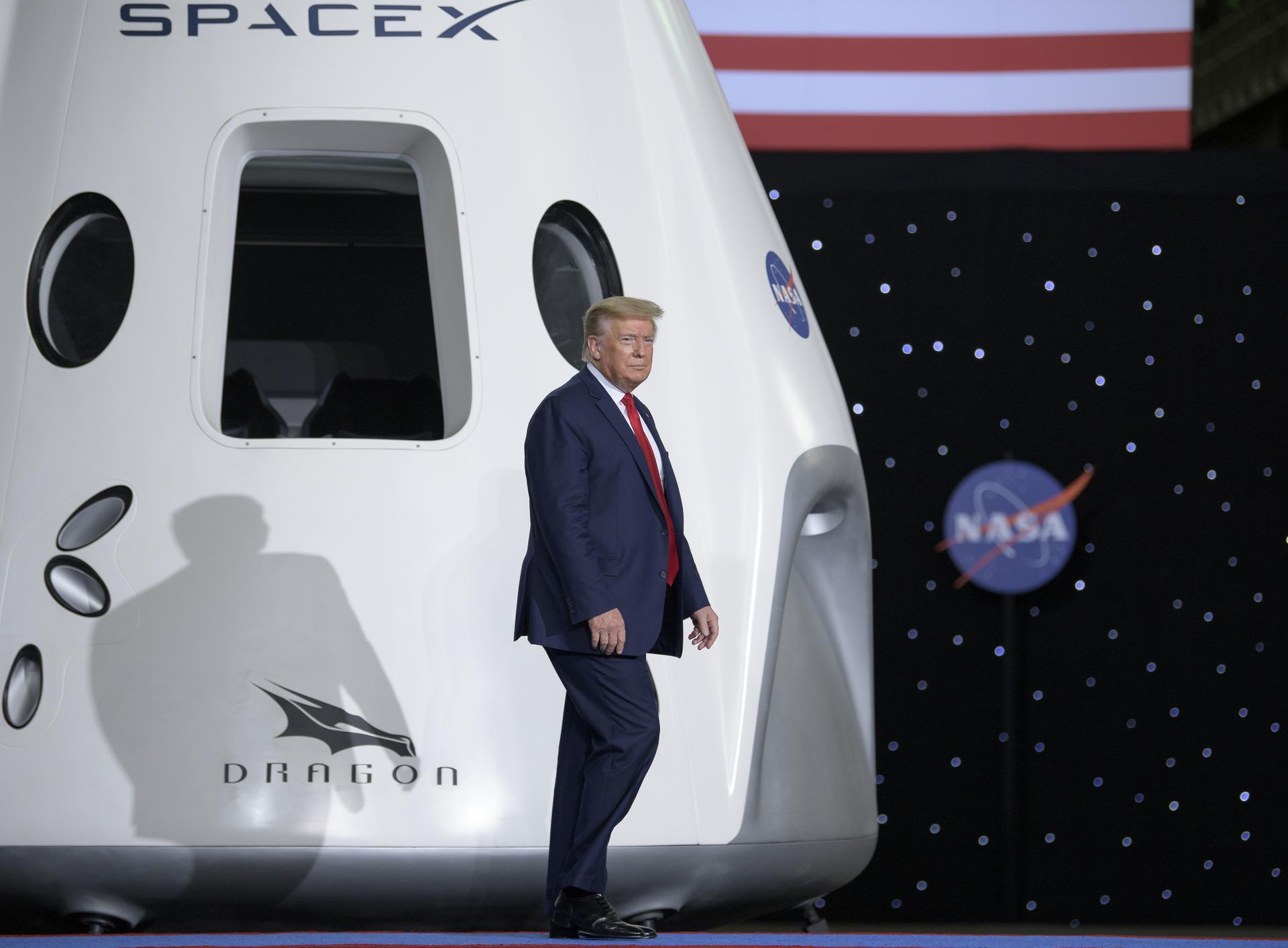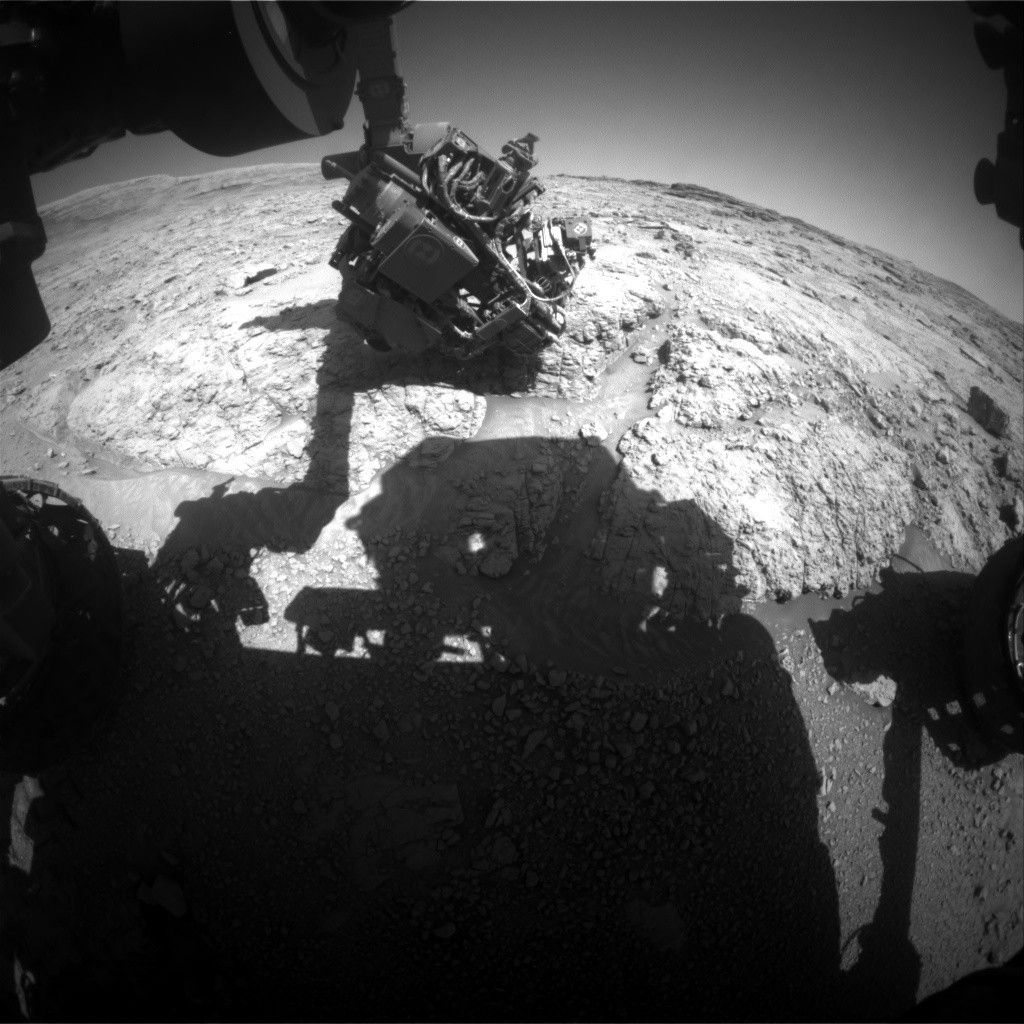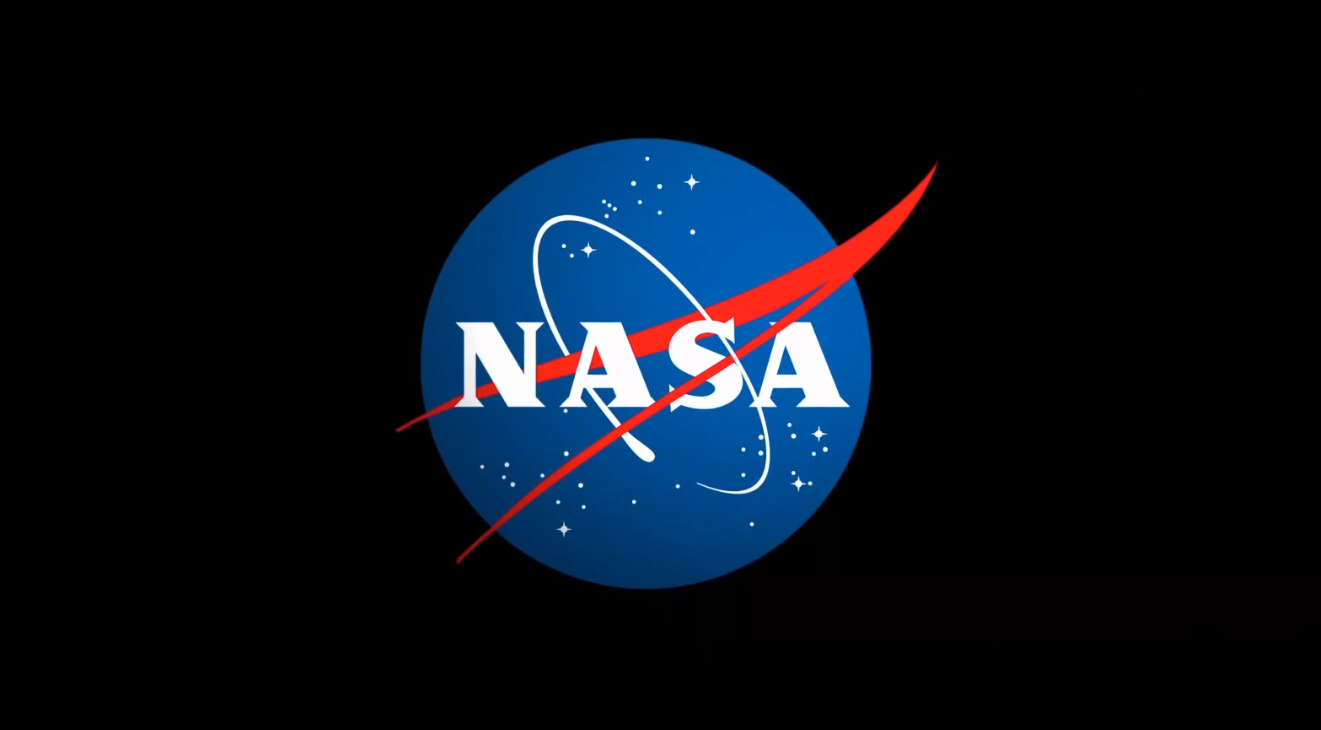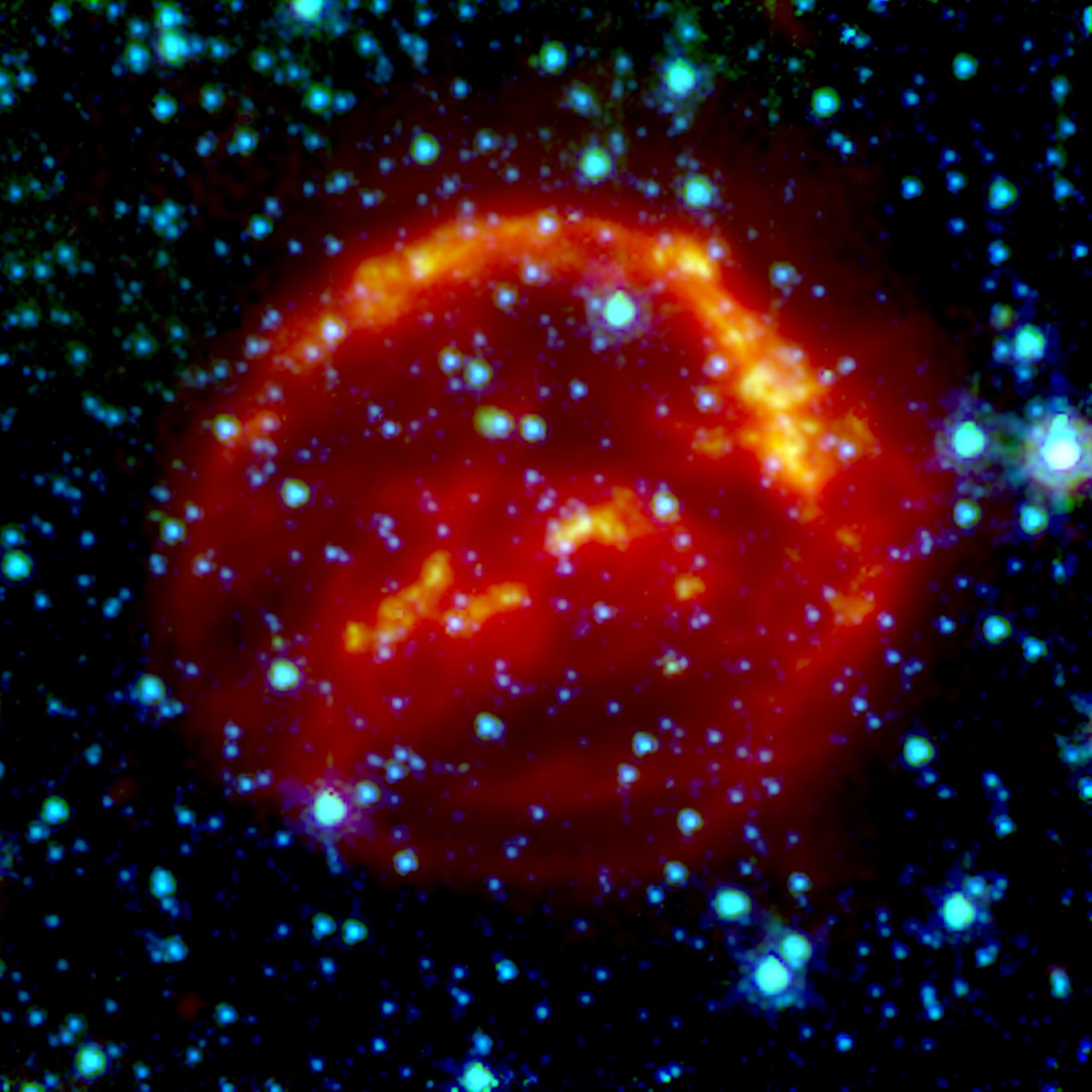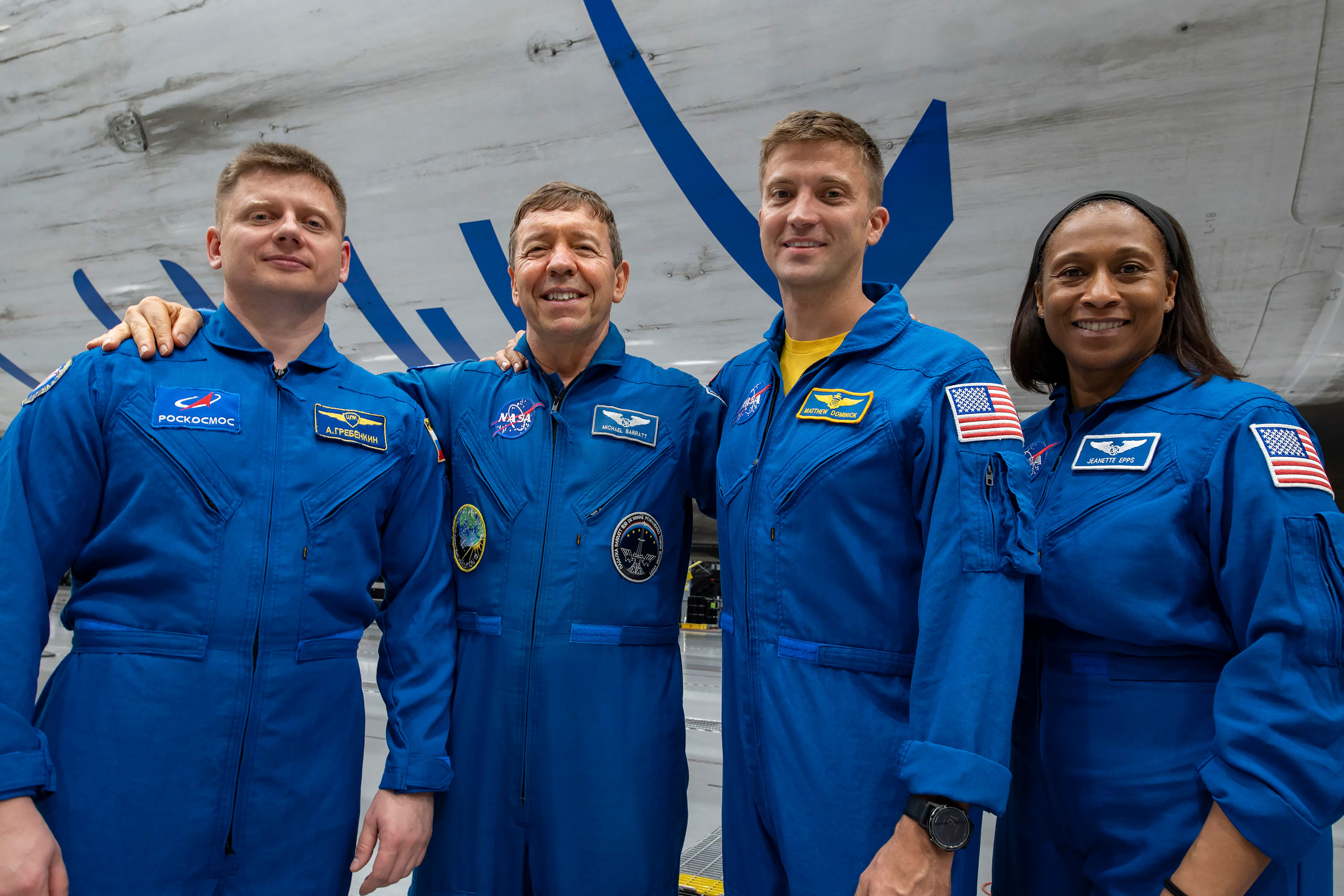NASA Selects Lockheed Martin to Develop Lightning Mapper for NOAA
NASA, on behalf of the National Oceanic and Atmospheric Administration (NOAA), has selected Lockheed Martin Corp. of Littleton, Colorado, to develop a lightning mapping instrument as part of NOAA’s Geostationary Extended Observations (GeoXO) satellite program. This cost-plus-award-fee contract is valued at approximately $297.1 million. It includes the development of two flight instruments as well as […]
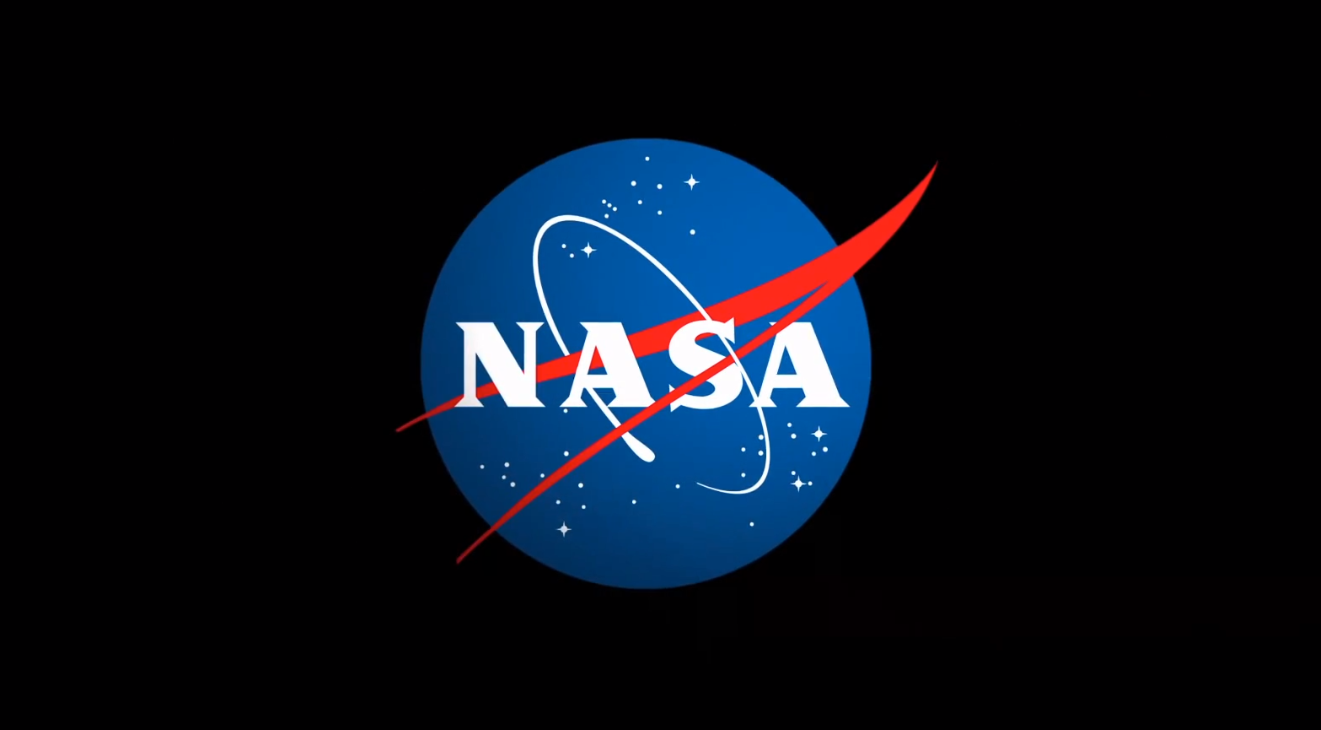
NASA, on behalf of the National Oceanic and Atmospheric Administration (NOAA), has selected Lockheed Martin Corp. of Littleton, Colorado, to develop a lightning mapping instrument as part of NOAA’s Geostationary Extended Observations (GeoXO) satellite program.
This cost-plus-award-fee contract is valued at approximately $297.1 million. It includes the development of two flight instruments as well as options for two additional units. The anticipated period of performance for this contract includes support for 10 years of on-orbit operations and five years of on-orbit storage, for a total of 15 years for each flight model. The work will take place at Lockheed Martin’s facilities in Sunnyvale, California, and Littleton, Colorado, NASA’s Goddard Space Flight Center in Greenbelt, Maryland, and the agency’s Kennedy Space Center in Florida.
The GeoXO Lightning Mapper will detect, locate, and measure the intensity, duration, and extent of lightning flashes. The instrument will continue critical observations provided by the Geostationary Operational Environmental Satellites-R (GOES-R) Series Geostationary Lightning Mapper. Data from Lightning Mapper will be used to analyze severe storms, increase warning lead time for hazardous weather, and provide earlier indications of impending lightning strikes to the ground. The data will also be used for hurricane intensity prediction, wildfire detection and response, precipitation estimation, and to mitigate aviation hazards.
Forecasters need lightning information from geostationary orbit because the data are available where other sources are more limited, especially over oceans and in mountainous and rural areas. The data are also available more frequently than local radar and fill in radar coverage gaps.
The contract scope includes the tasks and deliverables necessary to design, analyze, develop, fabricate, integrate, test, verify, and evaluate the lightning mapper instrument in addition to supporting the launch; supplying and maintaining the instrument ground support equipment; and supporting mission operations at the NOAA Satellite Operations Facility in Suitland, Maryland.
The GeoXO Program is the follow-on to the GOES-R Series Program. The GeoXO satellite system will advance Earth observations from geostationary orbit. The mission will supply vital information to address major environmental challenges of the future in support of weather, ocean, and climate operations in the United States. The advanced capabilities from GeoXO will help address our changing planet and the evolving needs of the nation’s data users. Both NASA and NOAA are working to ensure these critical observations are in place by the early 2030s when the GOES-R Series nears the end of its operational lifetime.
Together, NOAA and NASA oversee the development, launch, testing, and operation of all the satellites in the GeoXO Program. NOAA funds and manages the program, operations, and data products. On behalf of NOAA, NASA and commercial partners develop and build the instruments and spacecraft and launch the satellites.
For more information on the GeoXO program, visit:
https://www.nesdis.noaa.gov/geoxo
-end-
Liz Vlock
Headquarters, Washington
202-358-1600
elizabeth.a.vlock@nasa.gov
Jeremy Eggers
Goddard Space Flight Center, Greenbelt, Md.
757-824-2958
jeremy.l.eggers@nasa.gov
John Leslie
NOAA’s National Environmental Satellite, Data, and Information Service
202-527-3504
nesdis.pa@noaa.gov
What's Your Reaction?



















.jpg?#)









